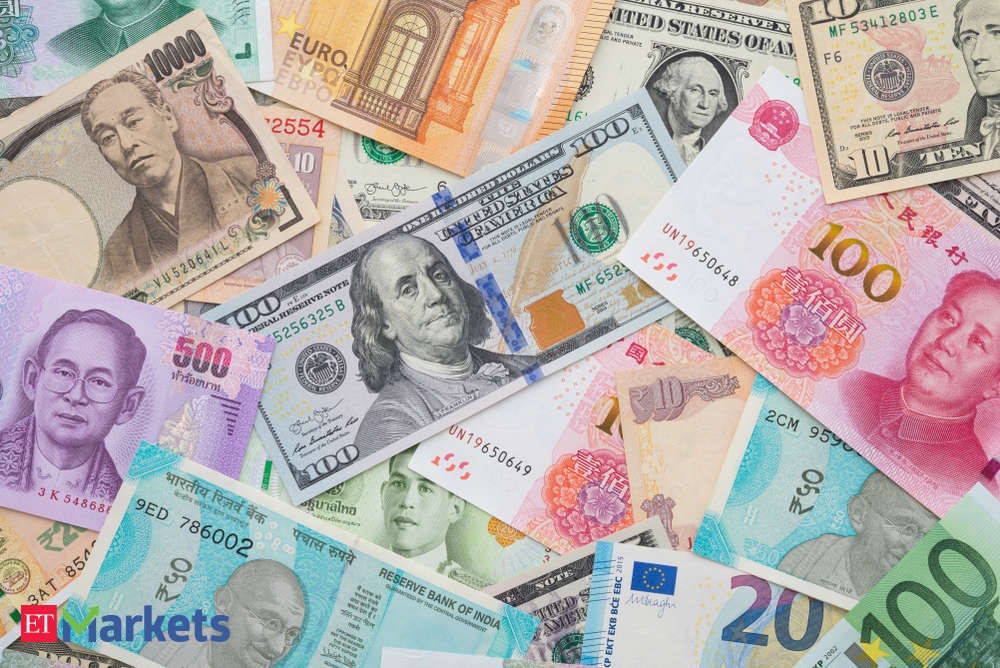“Free money” – a phrase that appeared in bold on the cover page of the July 25th, 2020 edition of The Economist magazine. Such a statement feels counterintuitive. The whole idea of “free money” goes against the old adage we learn as children – that “money doesn’t grow on trees.” However, responses by central banks to the recent Covid-19 pandemic indicate that sometimes, and in rare occasions, money does indeed grow on trees (well, not literally). But around the world, central banks such as the Federal Reserve are not hesitating to increase money supply to dampen the economic impact of Covid-19. In the United States, the first round of the Covid relief bill added $2 trillion to the economy. Add in central bank responses from Britain and Japan, and the total amount of new money created amounts to $3.7 trillion (Economist). Yes, that’s “trillion” with a “t” not a “b.” Although some initially balked at the idea of the United States (whose debt already amounted to about $25 trillion) spontaneously adding $2 trillion into the economy, this assistance substantially buffered our economic fall in late March.

The United States’ economic response to the Covid-19 pandemic is an example of Modern Monetary Theory (MMT). In essence, this theory holds that government debt is not necessarily a bad thing, since in most cases the government really just owes itself. Therefore, the theory suggests that it becomes impossible for a country to default, or fail to pay-back the debt that it owes itself. However, a country’s currency must have two specific attributes to truly work under MMT: It must be “sovereign money” and it must be a “fiat currency.” Sovereign money refers to currency that a country uses which it has the sole power to create. For example, The US dollar is sovereign money – the United States has sole power over its creation. The Euro, however, is not; there is not one country with the sole power to control its supply. A fiat currency refers to any currency that is not backed by gold or anything else of value. Most paper currencies are fiat currencies.
By theory, as more and more money pours into the economy, inflation ensues. Too much money chases too few goods, and in response, the price of goods increases. To avoid this problem, modern monetary theorists propose a fiscal tax response. According to an MMT textbook written by Mitchell Wray, L. Randall Wray, and Martin Watts, “The second reason [after making people use the currency] to have taxes … is to reduce aggregate demand” (Vox). In other words, an accurate tax level should sap just enough money out of the economy so that the demand for goods and services does not exceed the supply.
MMT is by no means a complete and perfect theory. In fact, we are learning about MMT’s sustainability in real time – through the Covid -19 pandemic, and through progressive monetary policies in Japan that reflect a MMT approach. But while MMT definitely comes with its fair share of flaws (which we’ll soon review), the general theory it presents – that government financed debt is not necessarily a bad thing – could end up being more true than false. If so, governments will certainly, and confidently, spend more in the future. That will significantly increase the likelihood of an expansion of social services, increased infrastructure investment, or improved odds of support for progressive policies like Medicare for All or The Green New Deal. Doing so would be great for American citizens, but the same MMT that might work for America, may not apply as seamlessly for less developed countries.
India – a “developed” country by certain standards, but still poor in many regards – is capable of implementing MMT. Their Rupee is sovereign money and a fiat currency. Increasing their money supply could help finance government initiatives, but it would also depreciate their currency in the foreign exchange market. In other words, the Rupee would weaken in value relative to other currencies. Let us imagine 3 Rupees are worth 1 US dollar. As money supply increases for the Rupee, 1 Rupee becomes “weaker” relative to the US dollar, and India would end up with a scenario where perhaps 4 Rupees are now worth 1 US dollar. This puts less developed countries in a vulnerable position because they depend heavily on imports such as capital goods (industrial machinery used to produce consumer goods) for continued economic growth. Many of these goods are priced in US dollars, as the dollar is a premier currency in the global market. Therefore, if a less developed country continues to increase their money supply, then goods that are priced in US dollars will become more expensive to import. That would likely slow down the economic growth of the less developed country.
Although MMT might make it seem as if money grows on trees, it would really only grow for Americans (and maybe China in the coming years). Less developed economies do not have the resources to effectively implement the policy, and even strong economies in Europe do not have the proper currency attributes to implement MMT-based policies. A more progressive approach to monetary theory then, and one that reflects true global-citizenship, might want to consider the difficulties faced by other economies, especially less developed ones.
Sources:
https://www.economist.com/weeklyedition/2020-07-25
https://www.vox.com/future-perfect/2019/4/16/18251646/modern-monetary-theory-new-moment-explained

Leave a Reply
You must be logged in to post a comment.